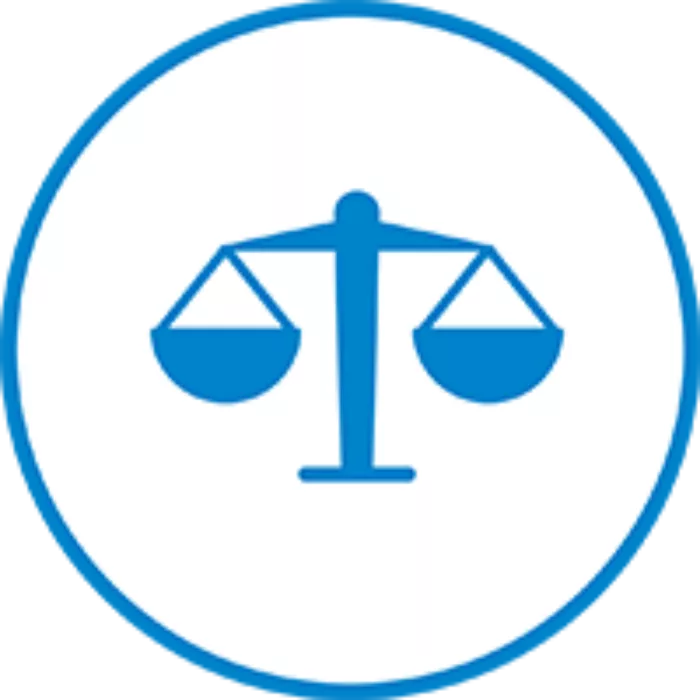Overview
Once you have developed a prototype, it is time to see how it works in the real world by running a pilot, or a small test.
Pilots should be small and fast enough to ensure that any negative outcome is minimally felt. This means picking one school, a few classrooms, or even a small group of students to try the prototype. Even a small test requires planning, though – consider all of the prep work, materials, and communication required.
Pilots are only successful if you learn from them. Planning to assess impact against clear goals is vital. This can include standard measures (e.g., student proficiency on an exit ticket, a student engagement survey), though you may also find it powerful to look for what IDEO calls “uncommon measures.” Consider, for example, measuring increases in classroom noise level or student tardiness to a next class as positive indicators of student engagement in a class.
Steps to Implementation
Suggested time: 2 hours
Prepare to Pilot
- Gather your team in a room (in-person or virtual) with access to the Plan to Pilot template and the Project Plan template; make sure your team has built a clear prototype for the pilot.
Discuss and document the following questions in the “Plan” section of the Plan to Pilot template.
Once you have aligned on the high-level plan to pilot, get tactical. Use the project planning template to identify specific activities, owners, and timelines for the next steps to prepare for and conduct your pilot.
- Once your plan to pilot (and associated project plan) are fully drafted, determine as a team what meeting and/or communications structure you will use to keep the plan in motion.
For example, many teams like to schedule a weekly check-in to ensure that the work to prepare for and conduct the pilot is “on track” and that all people involved in the work collaborate closely.
Run Pilot
When the time comes to launch your pilot, be sure to collect data aligned to your Plan to Pilot. Use the “Document” section to record this data, including any benchmark or pre-pilot data you wish to collect to compare.
- After the pilot, ask teachers and students to provide feedback using the Question Guide from your Plan to Pilot and taking detailed notes. Be mindful of power dynamics that might be in the room (e.g., students may feel nervous talking to a district administrator). Create an open environment for feedback by:
Reminding participants that the pilot is designed to be improved
Indicating that student and teacher feedback is critical to that improvement process
Requesting honest feedback
Staying neutral and resisting any temptation to defend the pilot
Making real-time adaptations to dig deeper into topics and/or accommodate the group
Collect data from across your design team to keep all of the information in one place (consider using the space provided in the “Plan to Pilot” document). You will need it for the next step: reflecting on your pilot.
This activity was inspired by the “Get Feedback” step of IDEO’s Design Thinking for Educators Toolkit.
This strategy is a part of TLA's Real-Time Redesign release, a practical toolkit for improving equity and resiliency in schools. Explore the full guide to find additional strategies, insights, and resources.

Ensuring Equity & Resiliency
In this activity,
Equity looks like testing your prototype with the students you most seek to benefit through your design work so that you can get direct feedback. It also looks like ensuring that your measurements accurately assess changes (for example, shifts in student behavior) that will lead towards more equitable outcomes.
Resiliency looks like testing your prototype in a few different contexts (remembering to keep it small!). This will help you assess whether the prototype is flexible enough to work with different teachers, students, or even grades and subjects.
Strategy Resources
Project Plan Template for Pilots
This project plan template can be used in planning to pilot a prototype by identifying... Learn More
Cedar Rapids: Student Reflection and Goal-Setting Pilot
Cedar Rapids Community School District (CRCSD) wanted to solve a problem in their district: “How... Learn More
Mastery Charter Schools: Blended, Culturally Responsive Teaching Pilot
Mastery Charter Schools wanted to solve a problem in their network: “How might we build... Learn More
Monterey Peninsula: Students and Teachers Co-Design Process Pilot
Monterey Peninsula wanted to solve a problem in their district: “How might we increase flexibility... Learn More